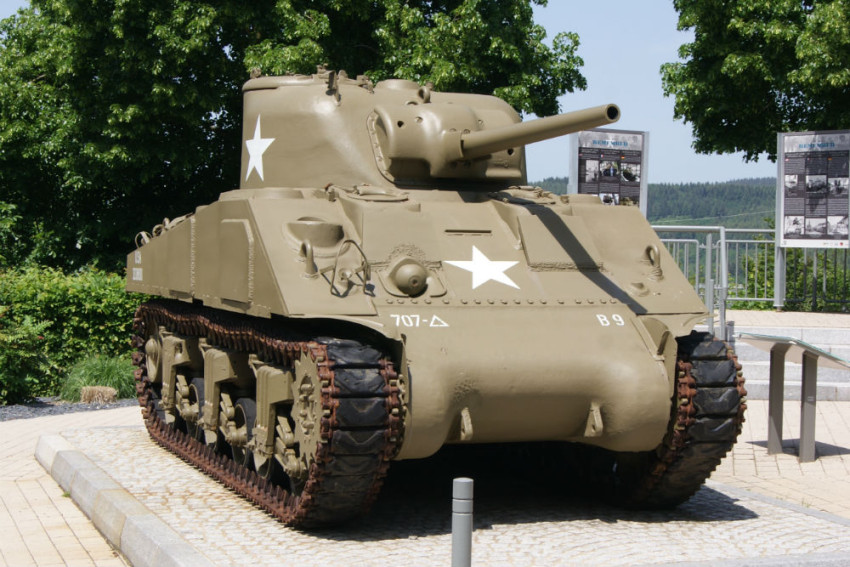
The Sherman tank, also known as the M4, was one of the most significant tanks used by the Allied forces during World War II. It was a mainstay of the American, British, and Soviet armies, and its versatility and reliability helped turn the tide of the war in favor of the Allies. In this article, we will explore the legacy of the Sherman tank and its impact on the history of modern warfare.
Development and Design
The development of the Sherman tank began in 1940, when the United States entered World War II. The U.S. Army needed a tank that could match the German Panzer IV, which was the main tank used by the German army at the time. The Sherman tank was designed to be faster and more maneuverable than its German counterpart, with a top speed of 30 miles per hour and a range of over 100 miles.
The Sherman was also designed to be relatively simple to produce, which was crucial as the United States was ramping up its war production efforts. The tank used a radial engine, which was already in mass production for aircraft, and its hull and turret were made from rolled steel plates, making it easier to manufacture in large quantities.
Despite these advantages, the Sherman was not as heavily armored or armed as some of its counterparts. Its armor was only 2.5 inches thick in most places, which meant that it was vulnerable to German anti-tank weapons. Its main gun, the 75mm M3, was effective against most German tanks at short ranges but was inadequate against the heavier armor of tanks like the Panther and Tiger.
Combat Performance
Despite its limitations, the Sherman tank proved to be an effective combat vehicle during World War II. Its speed and mobility allowed it to keep up with advancing infantry, and its reliability meant that it could be used in a variety of roles, including infantry support, tank hunting, and reconnaissance.
One of the most famous uses of the Sherman tank was during the Normandy invasion on June 6, 1944. Over 4,000 Sherman tanks were used during the invasion, and they played a critical role in breaking through German defenses on the beaches. Although many Shermans were lost during the battle, their numbers and versatility helped ensure Allied victory.
The Sherman also saw extensive use in the Pacific theater, where its mobility and reliability were particularly valuable in the island-hopping campaigns. In the jungles of New Guinea and the Philippines, the Sherman proved to be a capable infantry support vehicle, providing cover fire for advancing troops and clearing obstacles such as bunkers and fortifications.
Legacy
Despite its successes, the Sherman tank has a somewhat mixed legacy. Some historians have criticized its relatively light armor and inadequate armament, arguing that it contributed to the high casualty rates among American tank crews during the war. The tank also struggled against some of the heavier German tanks, such as the Panther and Tiger, and had difficulty penetrating their thick armor.
However, others have argued that the Sherman's speed, reliability, and versatility more than made up for its shortcomings. Its simple design and ease of production meant that it could be produced in large numbers, which was crucial in the Allied victory over Germany. Its speed and mobility also allowed it to outmaneuver heavier tanks, and its 75mm gun was effective against most German tanks at short ranges.
In addition, the Sherman tank played a critical role in the development of post-war tank designs. Many of the features that made the Sherman effective, such as its speed, mobility, and ease of maintenance, were incorporated into later tanks such as the M26 Pershing and the M48 Patton.







